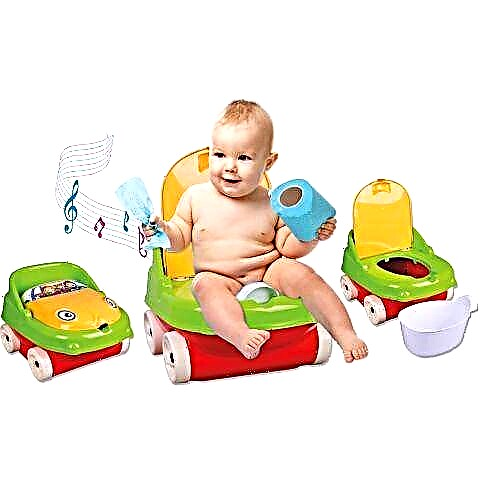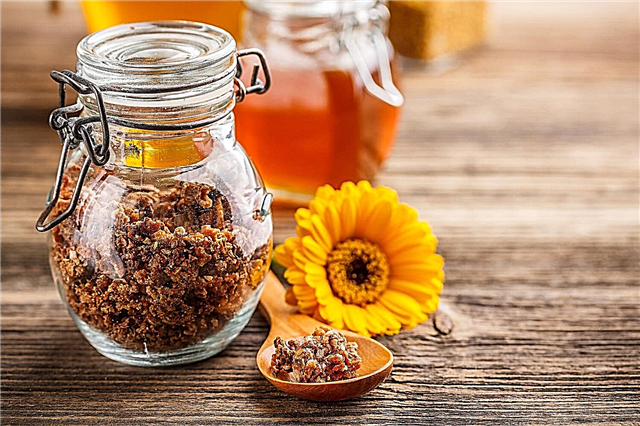
Hematogen is familiar to almost every one of our compatriots over the age of 30, because in Soviet times, almost every child begged for this inexpensive sweetness from his mother. Then hematogen was often prescribed during the period of convalescence after an illness, and it was possible to purchase sweet tiles from the blood of animals only in a pharmacy.
Now the hematogen has changed in appearance and in its composition (it often includes various additional ingredients), and you can buy it in the store. At the same time, the properties of such a food additive remained the same.
Hematogen, as before, stimulates hematopoiesis, therefore, it cannot be consumed in large quantities.
Many mothers are naturally interested in how old they are to give children hematogen and what dosage of this sweetness should be observed in childhood.

The composition of the hematogen
The main component of hematogen is represented by the blood of cattle, which is designated on the packaging as food albumin. In the production of bars, the blood is defibrated and thoroughly purified to exclude any bacteria.
To make children less likely to have allergies, many modern types of hematogen are released without dry blood. It is replaced with purified hemoglobin.
The taste of hematogen is not like chocolate, but more like toffee. The consistency of the tiles is firm, but soft enough for a child to chew. Additional ingredients of the hematogen can be molasses, honey, coconut, sugar, condensed milk, chocolate, nuts, candied fruits, sesame seeds and other products.

Why is hematogen useful?
Such a sweet food supplement is a very nutritious product, since it is a source of essential and nonessential amino acids, easily digestible sugars, fat-soluble vitamins (especially vitamin A), animal fats, and vitamin C.
The presence of ferrous iron in such a bar makes the hematogen especially valuable. It is easily absorbed by the child's body and helps prevent iron deficiency anemia. In addition to iron, hematogen is rich in potassium, chlorine, calcium and sodium.

Indications
Due to its high nutritional value and the presence in the composition of nutrients, hematogen is recommended:
- With iron deficiency anemia, as well as for its prevention.
- In cases of general depletion of the body, for example, due to malnutrition, excessive physical activity or prolonged stress.
- Children with ulcerative diseases of the digestive system, in which bleeding is possible.
- With hypovitaminosis, in particular, with a lack of vitamin A.
- During recovery from an acute illness.
- With malnutrition, when the child is underweight or has growth retardation.

Harm
With prolonged and frequent use of hematogen, especially if its daily dosages are exceeded, it is possible:
- An increase in the level of iron in the body, resulting in damage to the cell walls of blood vessels, stomach cramps, blackening of feces, heartburn, a metallic taste in the mouth.
- Development of an allergic reaction, such as hives.
- Blood clotting, which can lead to thrombophlebitis.
- Nausea, dizziness and diarrhea caused by fermentation processes in the gastrointestinal tract due to excess hematogen.
- Gaining excess weight if the use of hematogen increases the daily calorie content.

Contraindications
Hematogen is not recommended for:
- Intolerance to any component of sweet tiles.
- Diabetes mellitus.
- Obesity.
- Anemia not caused by iron deficiency.
- Metabolic disorders.
- Thrombophlebitis.
- Varicose veins.
- Child under 3 years old.

Side effect
In some children, taking hematogen can cause irritation of the digestive tract, which is associated with the presence of iron ions in the additive. In such cases, the child will complain of abdominal discomfort and nausea.
Instructions for use
Most manufacturers offer consumers hematogen in the form of a slab divided into cubes. Also, such a dietary supplement can be represented by bars, divided into plates.
Children are recommended to give hematogen from 3 years of age in the following dosage:

Hematogen should be used in children taking into account the following nuances:
- The duration of daily use of hematogen should not exceed 21 days.
- To better assimilate the sweetness, cubes or plates of hematogen are given between meals.
- It is allowed to drink dietary supplements with water or fruit juice, but in no case with milk or tea, since the combination of hematogen with dairy products or tannins will interfere with the absorption of iron and other useful compounds.
- In addition, taking hematogen should not be combined with the use of multivitamin preparations.
Komarovsky's opinion
A popular doctor calls hematogen a useful product, rich in carbohydrates, proteins, fats and other useful substances. He points out that the sweet tiles with this name now sold in pharmacies do not always contain iron. In addition, Komarovsky focuses on the fact that any hematogen is not a medicine, but only acts as an additive to food. If the baby has anemia, hematogen cannot be treated.
You can find out the opinion of a famous pediatrician about hematogen from the following video.
How to choose a hematogen for a child
Nowadays, you can buy hematogen on the shelves of stores and pharmacies, which has nothing to do with this supplement. Manufacturers produce such bars with the expectation that mom will pay attention to the well-known name and buy the sweet. Therefore, when choosing a hematogen, you should always read its label. A quality product should include food albumin, which will come first in its composition. If a percentage is indicated on the package, then 4-5% of albumin from the total mass of the product is considered optimal.

For more information about the benefits and harms of hematogen, see the program "On the most important thing."
Find out if your child's weight is normal using the following calculator.



